As a BetterHelp affiliate, we receive compensation from BetterHelp if you purchase products or services through the links provided
Pranic Healing and Reiki are two prominent forms of energy healing that have garnered attention for their non-invasive approach to well-being. While both utilize the life force energy to promote healing, they differ in techniques and origins. Pranic Healing, founded by Master Choa Kok Sui, is a comprehensive system that involves scanning the energy field, cleansing the aura, and energizing with life force or ‘prana.’ It’s a methodology based on the principle that the body has the innate ability to heal itself if provided with the right energy.
Reiki, originating from Japan and developed by Mikao Usui, operates on the belief that the practitioner’s hands can channel healing energy to wherever it’s needed in the patient’s body. Reiki practitioners typically use a hands-off or light-touch technique, guiding the energy flow to support the body’s natural healing abilities. Unlike Pranic Healing, which employs a more active cleansing process, Reiki focuses on a passive transfer of universal energy called ‘ki’ and relies on the body’s intelligence to take in energy as it requires.
Key Takeaways
- Pranic Healing and Reiki aim to promote healing through life force energy, with differing techniques.
- Pranic Healing involves active cleansing and energizing, while Reiki relies on passive energy channeling.
- Although their practices differ, both systems aim to enhance health and emotional well-being through energy work.
 Fundamentals of Energy Healing
Fundamentals of Energy Healing
In exploring energy healing, it’s vital to understand the basics of energy fields and life forces, which are thought to be the underpinnings of holistic healing practices such as Pranic Healing and Reiki.
Understanding Ki and Chi
Ki (in Japanese culture) and Chi (in Chinese culture) fundamentally represent the same concept: the life force circulating throughout the body. This life force is central to various forms of energy healing. You might imagine it as a stream of energy that flows through pathways in your body, often called meridians.
- Flow of energy: A healthy, vibrant energy flow is associated with wellness, while blockages can lead to discomfort or illness.
- Connection to breath: Practices like qigong and specific martial arts focus on controlling this energy through breath and movement.
Key takeaway: Engaging with your ki or chi through mindful practices can enhance your well-being by promoting balance and energy flow.
The Concept of Life Force in Healing
The idea of a life force is also a cornerstone of energy healing modalities. In Pranic Healing, this life force is akin to prana — often considered a universal energy that can be directed to support the body’s natural healing abilities.
- Universal life force: Many energy healing practices share the belief in a universal energy that sustains life, which practitioners learn to channel.
- Energy field interaction: Your body’s energy field is thought to interact with this life force. When a practitioner heals, they are believed to manipulate and transfer energy to their field, aiming to restore balance and health.
Key takeaway: Recognizing and harmonizing with the universal life force may contribute to one’s healing process, according to the principles of energy healing.
Origins and Historical Development
Before diving into the world of energy healing, you need to understand how these practices came to be. Reiki and Pranic Healing have strong ties to their places of origin and were founded by notable individuals. Let’s explore the paths they took to become what they are today.
Origins of Reiki
Reiki’s genesis dates back to early 20th-century Japan. It was developed by Dr. Mikao Usui, who, after a period of meditation and fasting, experienced a profound spiritual awakening. It is said around 1922, after his revelation, he began healing and teaching others.
- Year: 1922
- Location: Mount Kurama, Japan
- Founder: Dr. Mikao Usui
Usui’s method involves channeling universal life energy to align and heal the body and spirit. You’ll find that Reiki is taught in levels, with each student progressing through different stages of mastery.
Key takeaway: Reiki comes from a spiritual experience of a Japanese scholar, aimed at sharing universal healing energy.
 Founding of Pranic Healing
Founding of Pranic Healing
On the other side of Asia, in the Philippines, Grand Master Choa Kok Sui formulated Pranic Healing in the 1980s. He drew from ancient theories and practices to create this method but presented it in a way that could be easily understood and applied, even if you’re new to the concept of energy healing.
- Decade: 1980s
- Location: Philippines
- Founder: Grand Master Choa Kok Sui
Master Choa Kok Sui dedicated years of research to develop Pranic Healing, creating a comprehensive system that diagnoses the energy body and actively uses “prana” or life force, to bring about health and balance.
Key takeaway: Pranic Healing merges ancient wisdom with practical application, pioneering a modern approach to energy therapy in the 1980s.
Core Principles and Beliefs
In exploring the realms of energy-based healing, you’ll find that Reiki and Pranic Healing are distinct in their approach. The practices are built on specific principles and beliefs that shape their effectiveness and experiences.
 Principles Guiding Reiki
Principles Guiding Reiki
Reiki operates on a framework of simplicity and accessibility. Its principles serve as a compass for not just healing but also living a balanced life:
- Just for today, do not worry.
- Just for today, do not anger.
- Just for today, honor your parents, teachers, and elders.
- Just for today, earn your living, honestly.
- Just for today, show gratitude to every living thing.
These principles encourage a connection to universal energy, suggesting that this energy can be channeled to support healing and well-being. You are seen not just as a physical being but as a spiritual one, where the energy flow within your body impacts health.
Key Takeaway: Incorporating Reiki principles into your daily routine could promote peace and wellness, enhancing your spiritual harmony.
Beliefs Underlying Pranic Healing
Pranic Healing is rooted in the idea that the body is capable of self-repair, with life force or prana being the source of this healing power:
- The belief in an invisible “bio-plasmic body” that absorbs life energy.
- The principle is that this energy can cleanse, energize, and revitalize the physical body.
- Recognition that diseases result from disruptions in the energy flow.
By understanding these beliefs, your approach to healing becomes proactive. You learn to manipulate this life force to purge negative energy and stimulate the body’s innate healing ability.
Key Takeaway: Embracing the concepts of Pranic Healing could empower you with techniques to enhance your body’s natural healing process actively.
Healing Process and Techniques
When exploring the realms of energy healing, it’s fascinating to uncover how different modalities, such as Reiki and Pranic Healing, approach wellness. Both use unique methods to restore balance but through distinct practices that involve your participation as much as the practitioner’s expertise.

Reiki Healing Practices
In Reiki, a practitioner serves as a conduit for Universal Life Force Energy, which is said to flow through their hands to you. Here’s what you might expect:
- Techniques: Practitioners often use specific hand positions, either touching or hovering just above the body, to channel energy to various areas needing balance.
- Symbols: Reiki incorporates sacred symbols believed to enhance healing and connect to higher spiritual energies. These symbols may be drawn in the air or visualized.
- Chakras: A key part of Reiki is balancing the chakras, energy centers in your body that affect physical and emotional well-being.
Key Takeaway: You’re in safe hands with Reiki practitioners as they gently guide energy to where your body needs it, using touch, symbols, and chakra balancing.
 Pranic Healing Methods
Pranic Healing Methods
Pranic Healing, on the other hand, is more focused on cleansing and refreshing your energy field. Here’s what the process typically involves:
- Scanning: The practitioner ‘scans’ or assesses the energy field to detect imbalances or disruptions.
- Cleansing: The healer removes any congested or negative energy from your aura with sweeping motions.
- Energizing: Finally, fresh prana, or life energy, is directed to the areas cleared of congestion to facilitate healing.
Key Takeaway: Pranic Healing empowers you with a cleansed aura, where scanning paves the way for a fresh flow of energy to rejuvenate and repair.
Roles and Skills of Practitioners
In the realm of energy healing, both Reiki Masters and Pranic Healers play crucial roles, each requiring a unique set of skills and responsibilities that define their practice.
Reiki Master Responsibilities
- Guiding Energy: As a Reiki Master, your paramount duty is channeling universal life energy, known as Rei-ki, to promote healing in others.
- Teaching: Beyond healing, you’re tasked with teaching Reiki to students, initiating them into various degrees of Reiki practice.
- Maintaining Ethical Standards: Upholding a strong ethical code is key in fostering a safe and respectful environment for healing.
- Continuous Learning: Your journey is ongoing, as mastering Reiki involves a lifelong commitment to personal growth and learning.
Key Takeaway: Your role as a Reiki Master expands beyond healing; it’s about guiding, teaching, and evolving with the practice.
Pranic Healer Abilities
- Energy Manipulation: If you’re a Pranic Healer, Master Choa Kok Sui guides you to cleanse and energize life force, or prana, to balance the body’s energy.
- Scanning: You possess the skill to assess the energy field for imbalances or blockages that could be causing health issues.
- Self-Regulation: You know the art of self-healing, which means keeping your energy field clear to be an effective conduit for healing others.
Key Takeaway: As a Pranic Healer, you can sense and manipulate energy fields, aiming for holistic wellness.
Understanding the Energy Body
In exploring pranic healing and Reiki, you’ll find the concept of the energy body central to both practices. It involves understanding how life force—or ‘prana’—flows through us.
 Chakras and Energy Channels
Chakras and Energy Channels
Chakras are like swirling wheels of energy where your body’s significant intersections of nerves and organs meet. Imagine them as batteries that power different aspects of your being: physical, emotional, mental, and spiritual. Here’s a simplified breakdown:
- Root Chakra: Grounds you and deals with survival
- Sacral Chakra: Houses your emotions and sexuality
- Solar Plexus Chakra: Fuels your confidence and personal power
- Heart Chakra: Centers love and compassion
- Throat Chakra: Governs communication
- Third Eye Chakra: Connects to intuition
- Crown Chakra: Links you to the divine
Energy channels, or “nadis”, are the highways your energy travels on. Keeping these channels clear is key to overall health and well-being.
Key Takeaway: Your chakras are vital energy centers, and keeping them balanced is crucial for your energy body.
 Aura and Energetic Blockages
Aura and Energetic Blockages
Your aura, a kind of energetic atmosphere surrounding your body, reflects the state of your energy body. It can expand or contract and changes color based on your health, mood, and spiritual state.
Energetic blockages can occur within your aura, disrupting the flow of energy. These blockages can be due to stress, negative experiences, or poor lifestyle choices. Identifying and clearing these blockages is often the focus of energy healing techniques.
Key Takeaway: Your aura is the energetic space around your body, and keeping it clear of blockages is essential for maintaining a healthy energy flow.
Health and Emotional Well-being
In exploring Pranic Healing and Reiki, it’s essential to understand their impacts on both physical health and emotional tranquility.
Physical and Emotional Balance
When your body and mind are in harmony, you’re more likely to experience overall well-being. Pranic Healing cleans your body’s energy pathways to bolster physical vigor and emotional stability.
- Body: Uses life force to improve the body’s innate healing ability.
- Emotional: Targets emotional obstacles to help you cope better with daily stresses.
Reiki, on the other hand, aims to channel universal energy through touch, allowing your body’s natural healing processes to activate, promoting balance and often leading to:
- Relaxation: A deep state that aids recovery and emotional equilibrium.
- Healing: Encouragement of self-regeneration on a physical and emotional level.
Key Takeaway: Both practices focus on restoring your energy flow, which can significantly improve physical and emotional health.
Stress, Anxiety, and Healing
In a world where stress and anxiety are prevalent, finding solace in practices like Pranic Healing and Reiki can be genuinely transformative.
- Stress: By reducing tension, these therapies help manage stress symptoms.
- Anxiety: You can achieve a more peaceful mind, mitigating anxiety’s impact.
Regular sessions can lead to:
- Decreased depression and anxiety: Allowing you to face life’s challenges more calmly.
- Reduction in fatigue and insomnia: Contributing to better sleep patterns and energy levels.
Key Takeaway: Consistently devoting time to these healing techniques can foster an environment that combats stress and anxiety, promoting healing on multiple levels.
Applications and Therapeutic Use
Pranic Healing and Reiki are complementary therapies that you might explore to manage various concerns. Both offer holistic approaches to fostering well-being.
Addressing Pain and Illness
Pranic Healing operates on the belief that the body is a self-repairing entity. It focuses on cleansing the energetic body, which, in turn, is thought to enhance the physical body’s capability to heal. Here’s how Pranic Healing approaches various elements:
- Ailments: Specific protocols for respiratory, gastrointestinal, musculoskeletal, and other systems
- Pain Management: Techniques aimed at reducing pain by removing congested energy
- Illness Recovery: Energy treatments to complement medical care and speed up recovery
In contrast, Reiki uses the energy flow from practitioner to patient with a gentle, hands-on technique:
- Targeted Therapy: Reiki focuses on areas affected by pain or illness.
- Holistic Treatment: Seeks to address the root cause of an issue rather than just symptoms.
Key Takeaway: Whether you’re struggling with chronic pain or recuperating from an illness, both practices offer non-invasive support that may positively influence your healing process.
Promoting Relaxation and Balance
Pranic Healing and Reiki aim to achieve balance and harmony within your body and mind. Here’s how they can help:
- Relaxation: Sessions offer a respite from daily stress, potentially leading to deep relaxation.
- Emotional Balance: Both practices are often used for healing and inner peace.
- Maintenance of Wellbeing: Techniques can be implemented as part of a self-care routine to maintain overall health.
Reiki practitioners also emphasize:
- Harmony: By aligning and balancing the chakras or energy centers.
- Peace: Many find Reiki to instill a profound sense of peace and spiritual well-being.
Key Takeaway: Seeking tranquility? Pranic Healing and Reiki might serve as your sanctuary, facilitating relaxation and emotional harmony in your stress-filled life.
Comparative Analysis
As you explore the realm of energy healing, understanding the nuances of Reiki and Pranic Healing can empower you to make informed choices about which modality may resonate with your healing journey.
Differences Between Reiki and Pranic Healing
Reiki and Pranic Healing are distinct modalities with unique approaches to energy healing. Here’s a straightforward comparison:
- Origins: Reiki originated in Japan, founded by Mikao Usui in the early 20th century. Pranic Healing was developed later by Choa Kok Sui and has roots in the Philippines and elements of Hinduism.
- Techniques:
- In Reiki, healers channel universal energy (ki) through their hands, often without physical touch, to balance the energy centers (chakras).
- Pranic Healing involves scanning the energy field for blockages and cleansing the aura before energizing it with life force (prana).
Key Takeaway: Reiki focuses on hands-on or near-body techniques to channel energy, whereas Pranic Healing involves a more active cleansing and energizing process.
Similarities in Practice
Despite their differences, Reiki and Pranic Healing share some common ground:
- Holistic Approach: Both methods view the body as a system of energies and aim to heal holistically, addressing physical, emotional, and spiritual dimensions.
- Self-Healing: Practitioners of both modalities advocate self-healing and self-care practices you can learn and apply to your wellness.
Reiki and Pranic Healing are two paths toward the same goal: promoting balance and well-being through energy work.
Key Takeaway: Each practice embraces a holistic view and empowers you with personal health and balance techniques.
 Is Pranic Healing or Reiki Right for You? Understanding Your Path to Wellness
Is Pranic Healing or Reiki Right for You? Understanding Your Path to Wellness
Who Can Benefit from Pranic Healing?
- Ideal Candidates: Individuals seeking non-touch, energy-based healing, particularly effective for emotional and psychological conditions.
- Common Issues Addressed: Stress, anxiety, depression, and psychosomatic ailments.
- Signs It’s For You: If you’re open to exploring energy fields and chakras and prefer a more structured healing protocol.
- Signs It’s Not: Skepticism towards energy healing, discomfort with the concept of ‘cleansing’ energies.
Who Can Benefit from Reiki?
- Ideal Candidates: Those looking for a gentle, hands-on healing experience focusing on overall well-being.
- Common Issues Addressed: Physical pain, chronic illnesses, emotional imbalances, and spiritual disconnect.
- Signs It’s For You: If you’re seeking a holistic approach that balances body, mind, and spirit and is comfortable with light physical touch.
- Signs It’s Not: Preference for a more active and directive healing process, discomfort with physical touch.
Who Can Benefit from Both?
- Ideal Candidates: Individuals open to holistic health approaches and willing to experience energy-based and hands-on techniques.
- Common Issues Addressed: A combination of emotional, physical, and spiritual imbalances.
- Signs It’s For You: Curiosity and openness to different healing modalities, seeking comprehensive wellness solutions.
- Signs It’s Not: Strong preference for conventional medical treatments, discomfort with alternative healing practices.
Who Might Not Benefit from Either?
- Key Considerations: Those with severe medical conditions should consult healthcare professionals first.
- Important Note: Pranic Healing and Reiki are complementary therapies and should not replace medical treatment.
- Awareness: Understand that results vary and may not provide instant solutions.
Scientific Perspective and Critiques
The effectiveness of pranic healing and Reiki is often debated, but it’s crucial to consider the existing scientific research and common criticisms before forming your own opinion.
Scientific Research on Energy Healing
While both pranic healing and Reiki hinge on the concept of life force or energy, the scientific community has not agreed on these practices. However, studies have attempted to measure their outcomes:
- Force and Motion: Some studies quantify energy in terms of physical force. This often proves challenging as the principles of these practices do not align neatly with conventional physics.
- Blockages and Imbalance: Researchers look for physiological changes that might indicate removing energy blockages or restoring balance but struggle with the subjective nature of these terms.
- Frequencies and Technology: Advanced technology, such as biofeedback machines, has been used in some experiments to observe the effects of energy healing on body frequencies with varying results.
The key takeaway here is that scientific rigor in this context faces hurdles due to the metaphysical aspects of energy healing which are not easily quantifiable.
Common Criticisms and Considerations
Critics of pranic healing and Reiki often point out the lack of empirical evidence to support these modalities:
- Scientific Validation: Critics demand repeatable, empirically sound evidence to establish these practices as credible, which is sparse.
- Placebo Effect: Many skeptics argue that any benefits from energy healing are due to the placebo effect rather than a change in energy fields.
Here’s what’s essential for you to consider:
- Keep an open mind but also maintain a healthy skepticism. Look for peer-reviewed studies when evaluating the claims of these healing practices.
- Understand scientific study limitations in areas involving subjective experiences or nonphysical constructs.
Your key takeaway should be a balance—being open to new possibilities while demanding scientific clarity wherever feasible.
 Future of Energy Healing
Future of Energy Healing
Energy healing, an ever-evolving field, hinges on integrating contemporary technology and expanded scientific understanding. Both pave the way for profound shifts in how energy therapies like pranic healing and Reiki contribute to health and wellness.
Technology Integration
Recent years have seen a surge in technological advancements that promise to transform energy healing practices:
- Wearable devices: Monitors that track frequencies and energetic imbalances, enabling you to engage continuously with your healing process.
- Apps: A myriad of apps to assist you on your journey to spiritual growth and inner peace, offering guided meditations and tutorials tailored to enhance your vitality.
Key Takeaway: These tools give you more power to understand and optimize your energy flow.
Expanding Scientific Understanding
As our grasp of the scientific principles behind energy healing expands, so does the potential for its application:
- Research: A growing body of scientific work explores the connections between consciousness, energy fields, and holistic healing.
- Education: More curriculums and certifications are available, shedding light on how energy healing promotes health and wellness.
Key Takeaway: Dive into the latest findings or even participate in studies. Your involvement could contribute to broader acceptance and utilization in mainstream healthcare.
Frequently Asked Questions
Exploring Pranic Healing and Reiki, you’ll likely have some common questions. Let’s address these to pave the way for a deeper understanding.
What are the key differences between Pranic Healing and Reiki?
Pranic Healing and Reiki are two forms of energy healing that differ mainly in technique and philosophy. Pranic Healing involves a no-touch methodology and actively manipulating life force or ‘prana’ to cleanse and energize the body. On the other hand, Reiki involves a more passive approach where the practitioner channels universal energy to the recipient, often involving gentle touch or proximity to the body. Pranic Healing is primarily based on energy body anatomy, while Reiki is rooted in intelligent energy that naturally flows where it’s needed.
Key takeaway: Both practices promote healing and balance but differ in their execution and underlying principles.
What are the potential benefits one may experience from Pranic Healing?
You might find that Pranic Healing offers several benefits, such as increased energy levels, accelerated physical healing, reduced stress, and improved mental clarity. Practitioners claim it can also lead to a better sense of well-being by harmonizing the body’s energy processes. However, remember that experiences can vary significantly from person to person.
Key takeaway: Expect to feel more invigorated and at peace, although each individual’s experience can be quite unique.
Are there any known side effects or risks associated with Pranic Healing?
Pranic Healing is considered a safe complementary therapy with minimal risks when appropriately practiced. However, it’s essential to consult with your healthcare provider before starting any new therapeutic practice, especially if you have existing health concerns. In rare cases, individuals may experience fatigue, emotional release, or a sensation of light-headedness as their body responds to the energy shift.
Key takeaway: Always proceed with care and contact your doctor, especially if Pranic Healing is new to you.
How much does a typical Pranic Healing session cost?
The cost of a Pranic Healing session can vary depending on the practitioner’s experience, location, and the session length. Typically, it might range from $50 to $150. Some practitioners offer sliding scale fees based on your ability to pay, so it never hurts to ask.
Key takeaway: The investment can differ, but don’t hesitate to discuss pricing options with your practitioner.
What can one expect during a Pranic Healing session?
During a Pranic Healing session, you’ll remain fully clothed, and the practitioner will work around your energetic body, often without making physical contact. You may be asked to relax and breathe deeply as the healer cleanses your aura and directs energy to specific body areas. It’s a subtle process; you may feel warmth, tingling, or a refreshing light afterward.
Key takeaway: It’s a contactless, non-invasive session, where you might sense the energy shifts as a gentle, tangible flow.
Are there specific courses or certifications required to practice Pranic Healing professionally?
Indeed, to practice Pranic Healing professionally, you’re expected to complete a series of courses and obtain certifications. This ensures practitioners are knowledgeable and adhere to the proper protocols of the healing art. These courses cover various techniques and healing protocols, and you’ll often find them endorsed by the international Pranic Healing community.
Key takeaway: Seeking a certified practitioner guarantees you’re in the hands of someone trained and dedicated to the craft.
- 3 Ways Wearing a Hat Can Help Lower Your Stress Levels - April 19, 2025
- Breaking the Silence: Why Men’s Mental Health Matters More Than Ever - April 15, 2025
- How to Transform a Home’s Patio Space into a Relaxing Space - March 23, 2025
This site contains affiliate links to products. We will receive a commission for purchases made through these links.


 Fundamentals of Energy Healing
Fundamentals of Energy Healing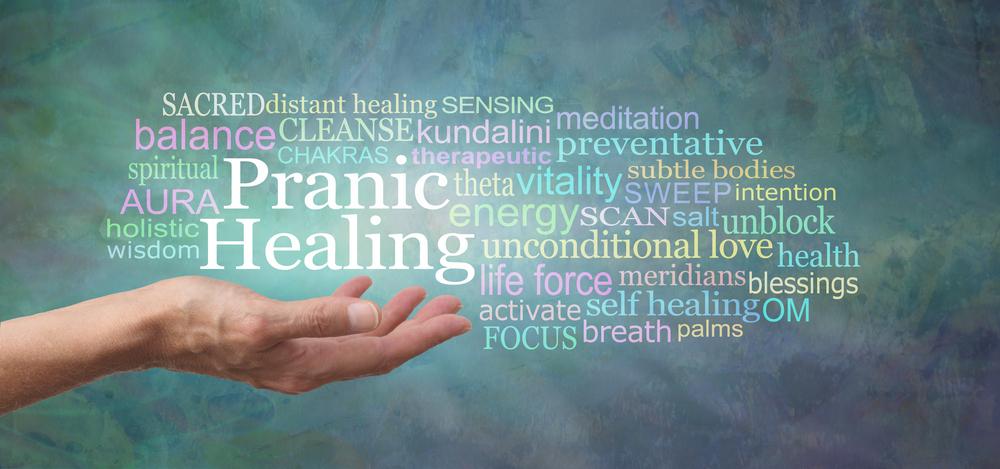 Founding of Pranic Healing
Founding of Pranic Healing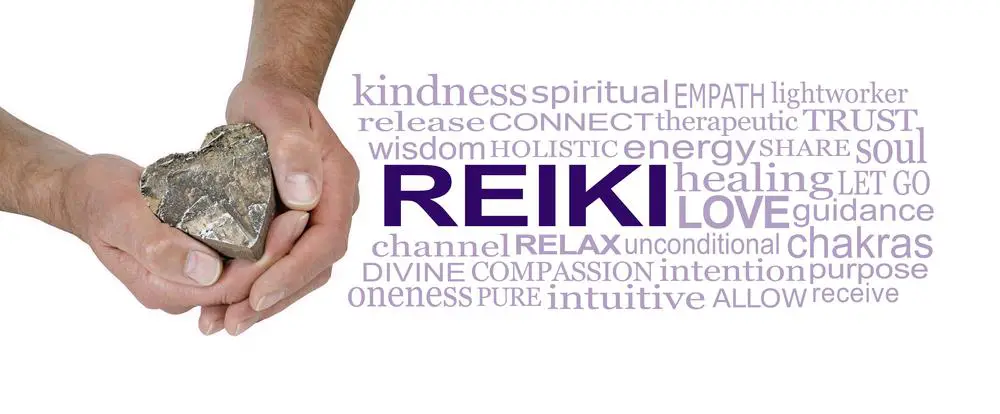 Principles Guiding Reiki
Principles Guiding Reiki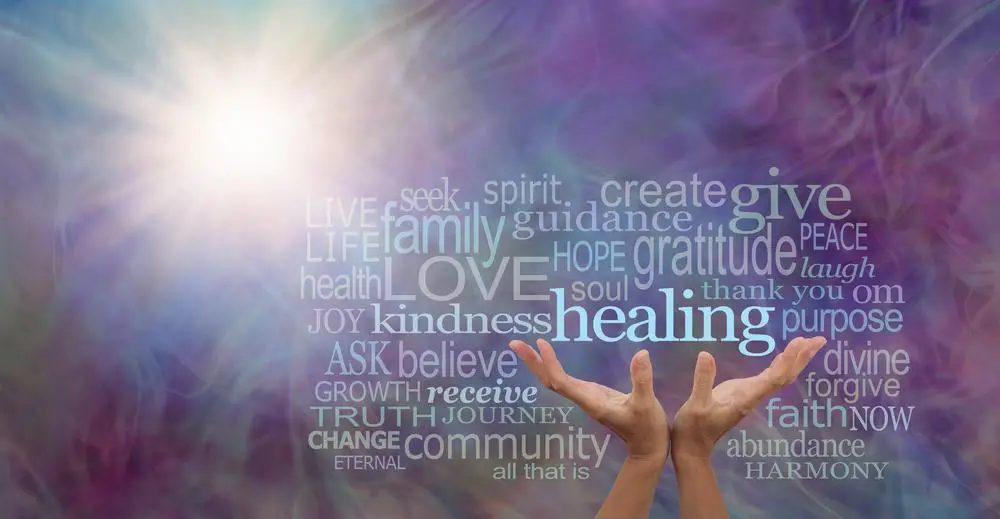 Pranic Healing Methods
Pranic Healing Methods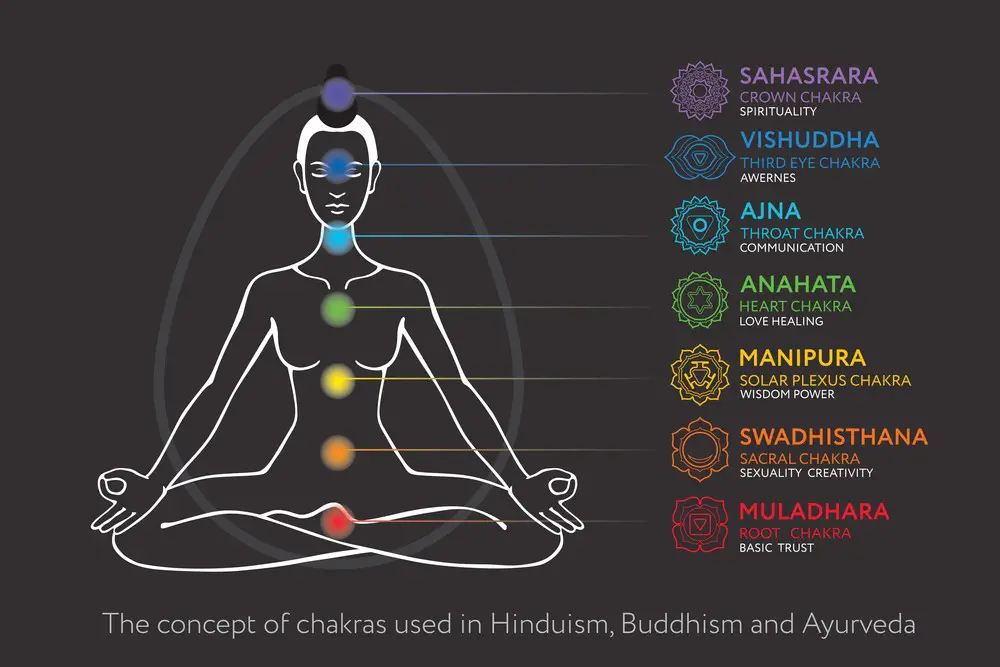 Chakras and Energy Channels
Chakras and Energy Channels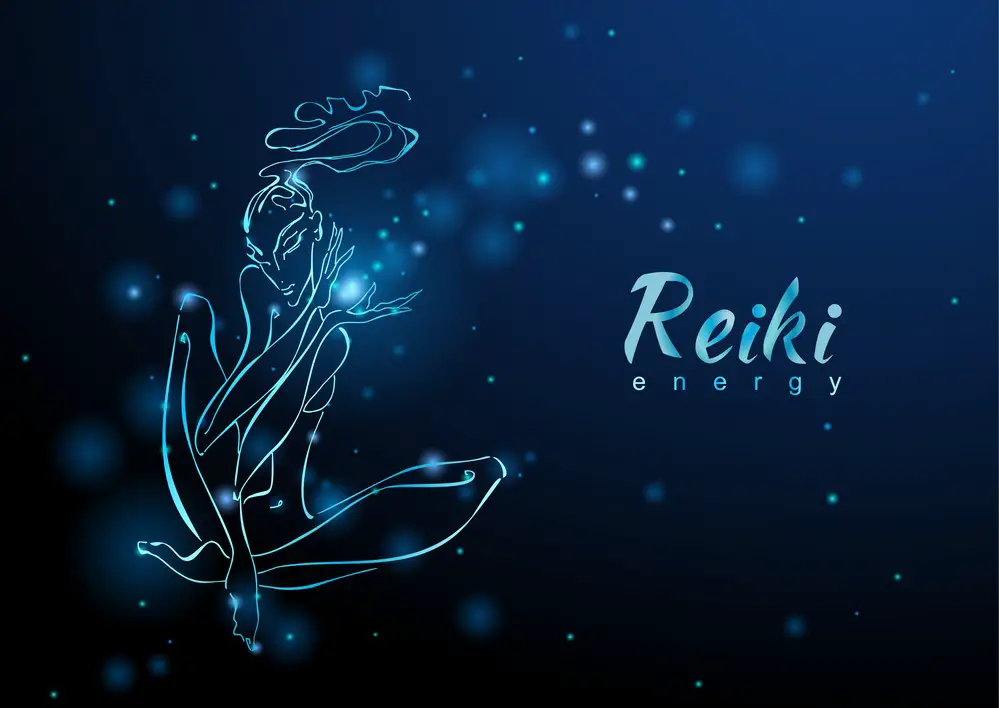 Aura and Energetic Blockages
Aura and Energetic Blockages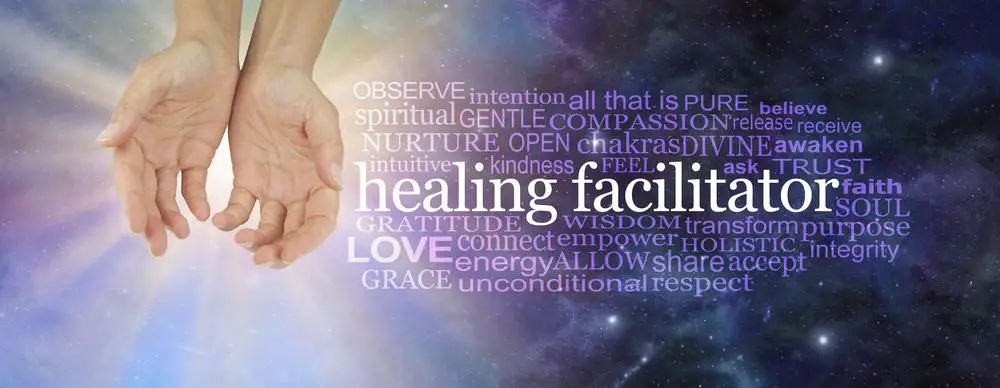 Is Pranic Healing or Reiki Right for You? Understanding Your Path to Wellness
Is Pranic Healing or Reiki Right for You? Understanding Your Path to Wellness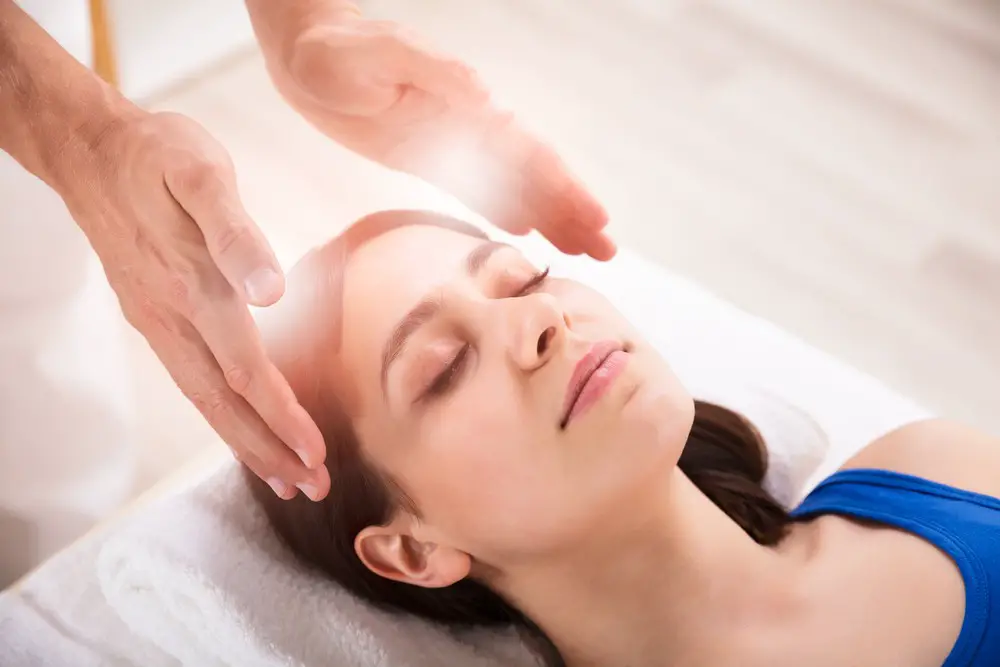 Future of Energy Healing
Future of Energy Healing
